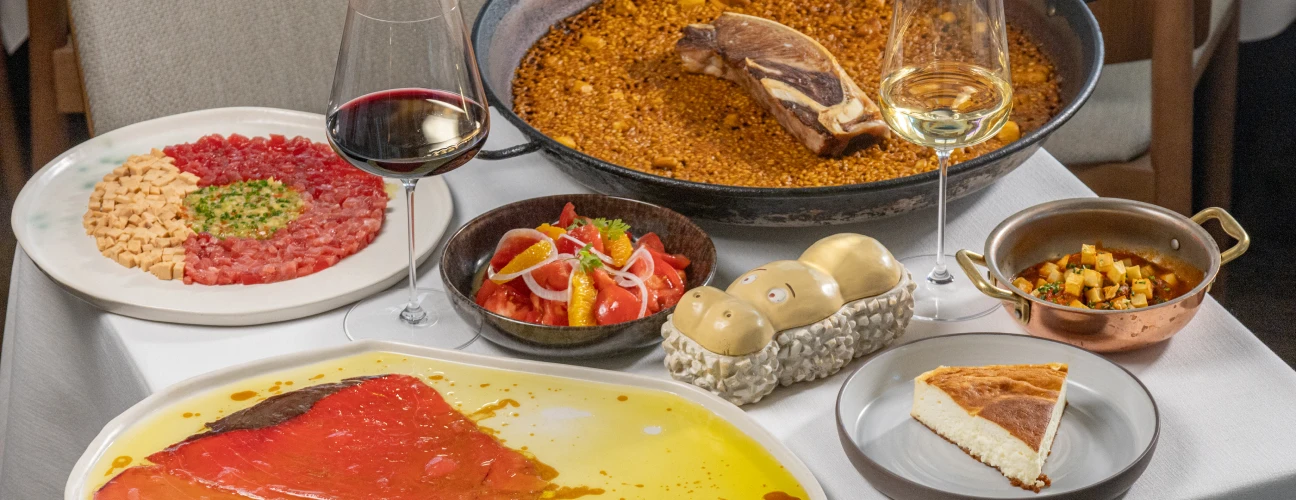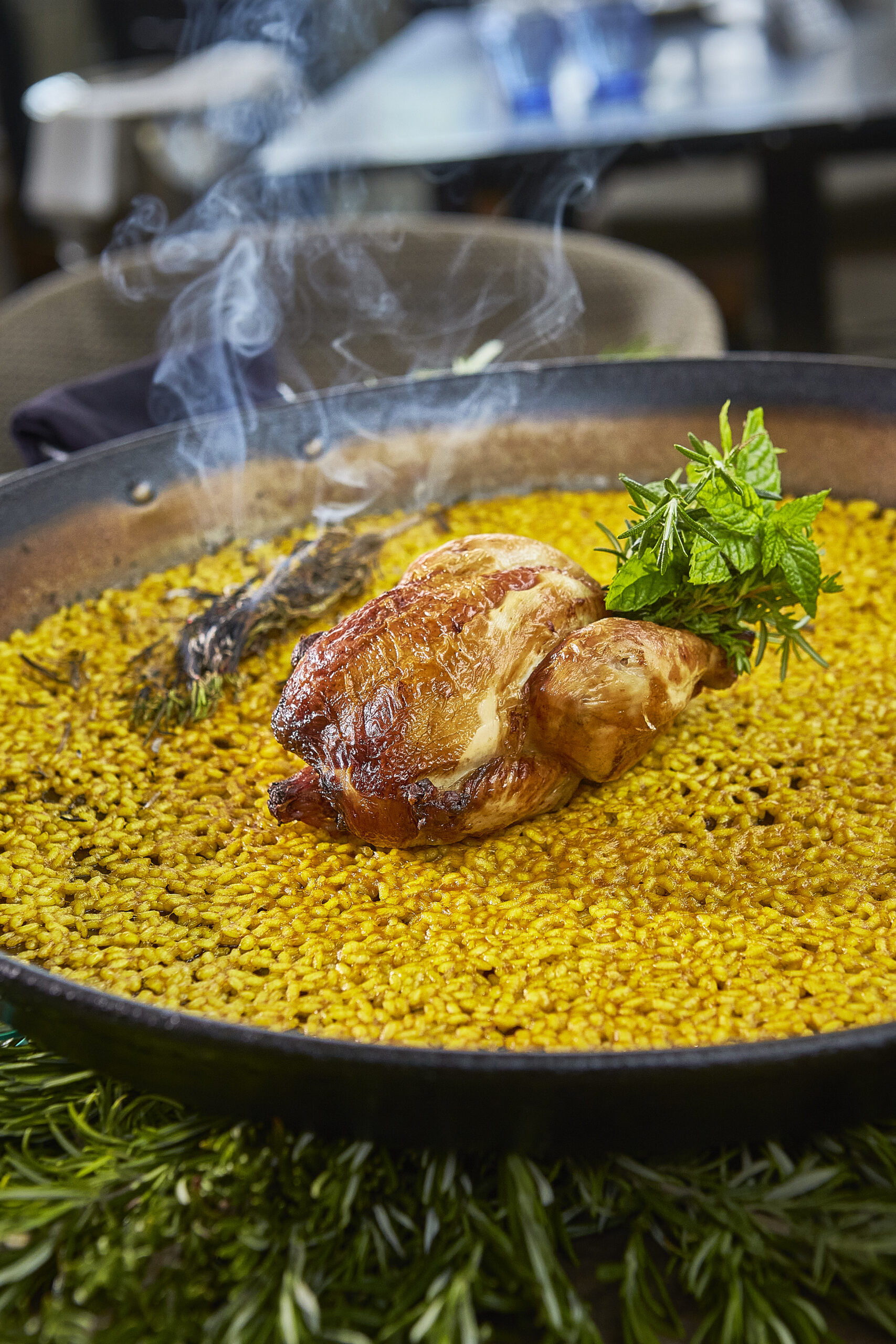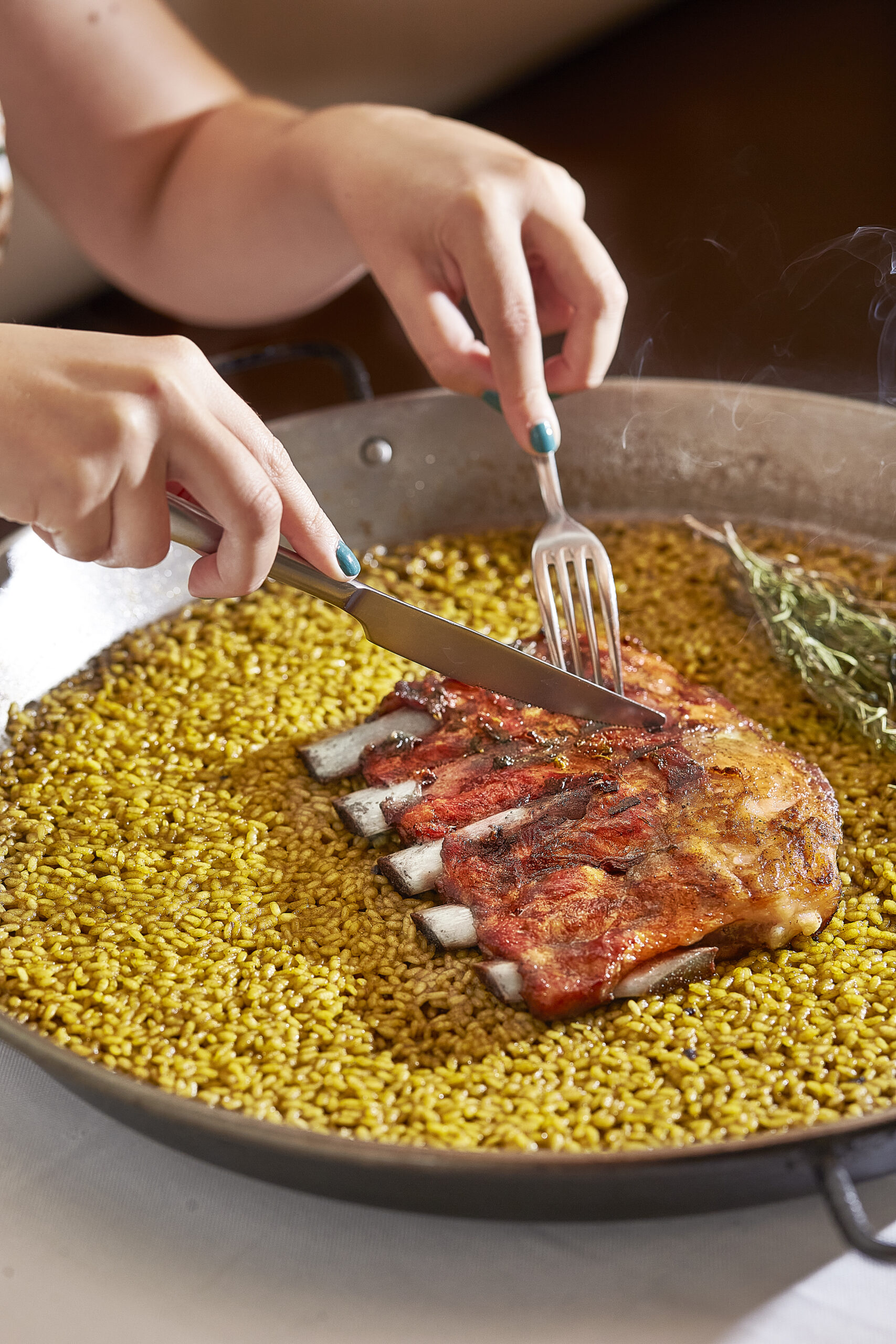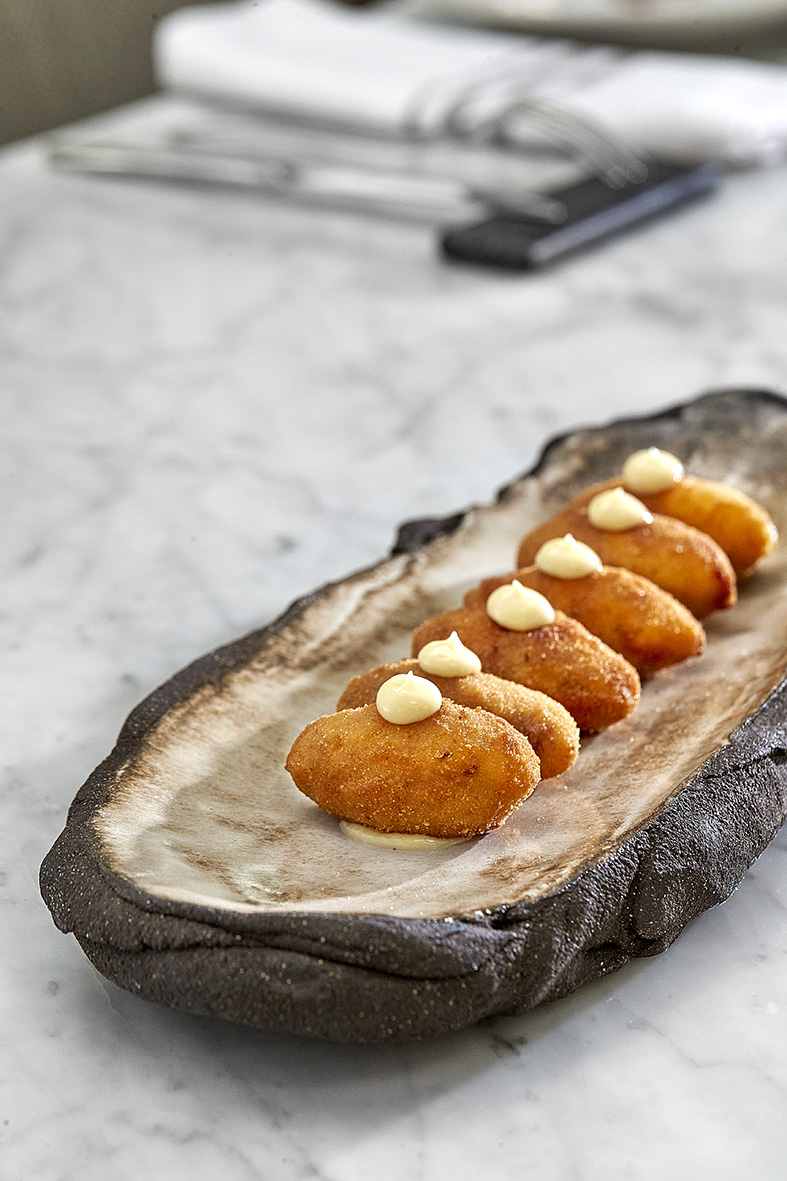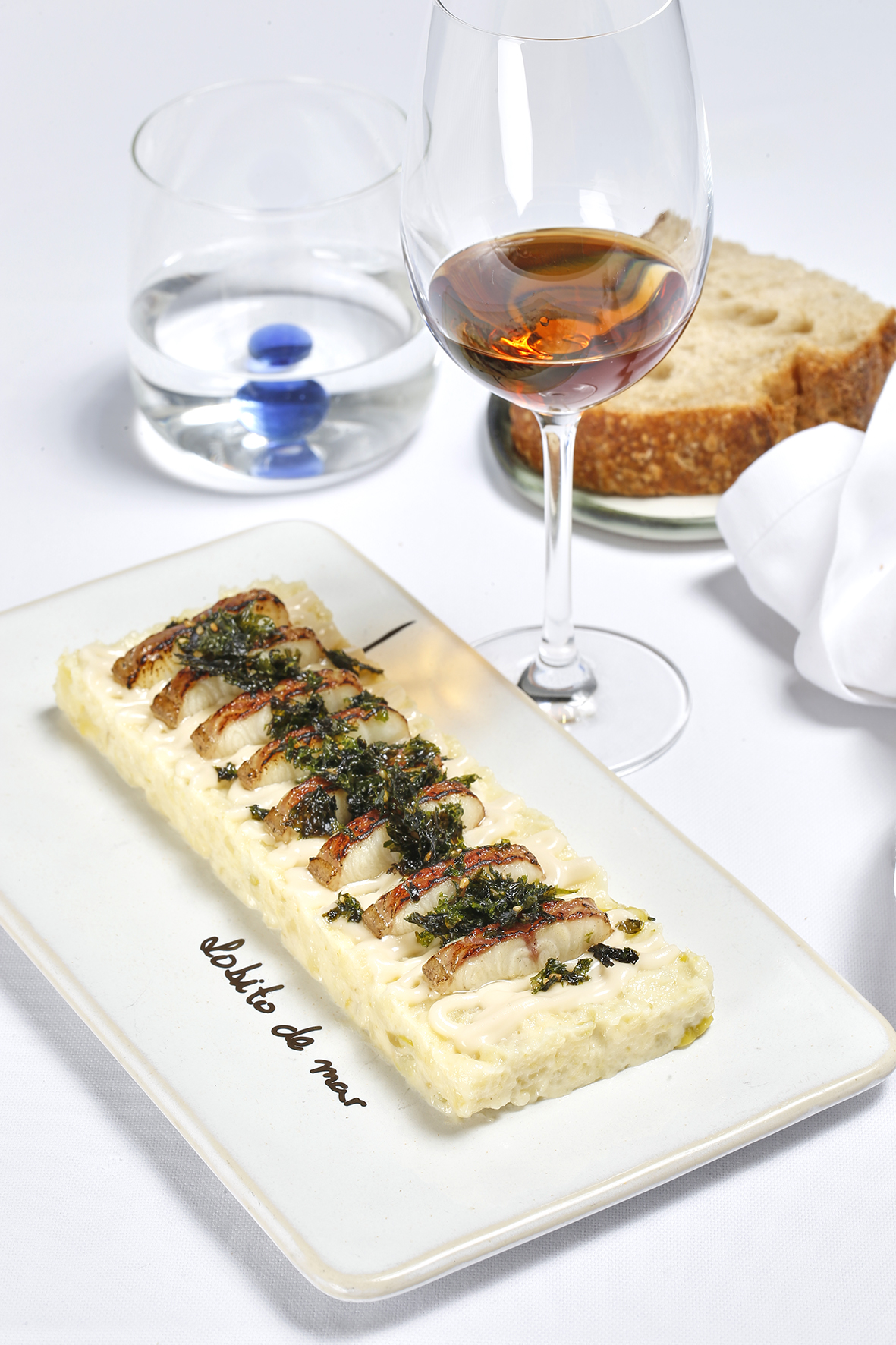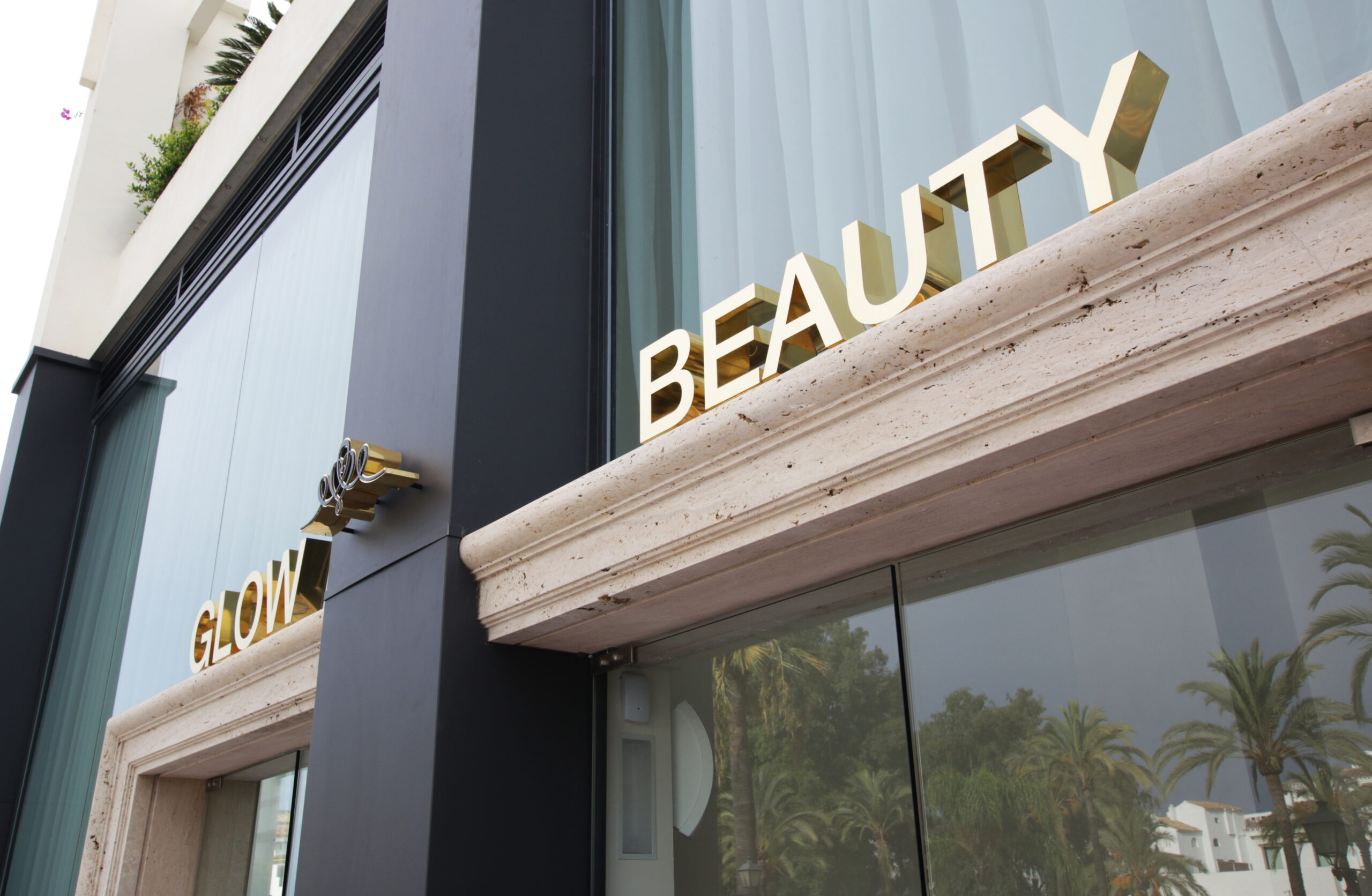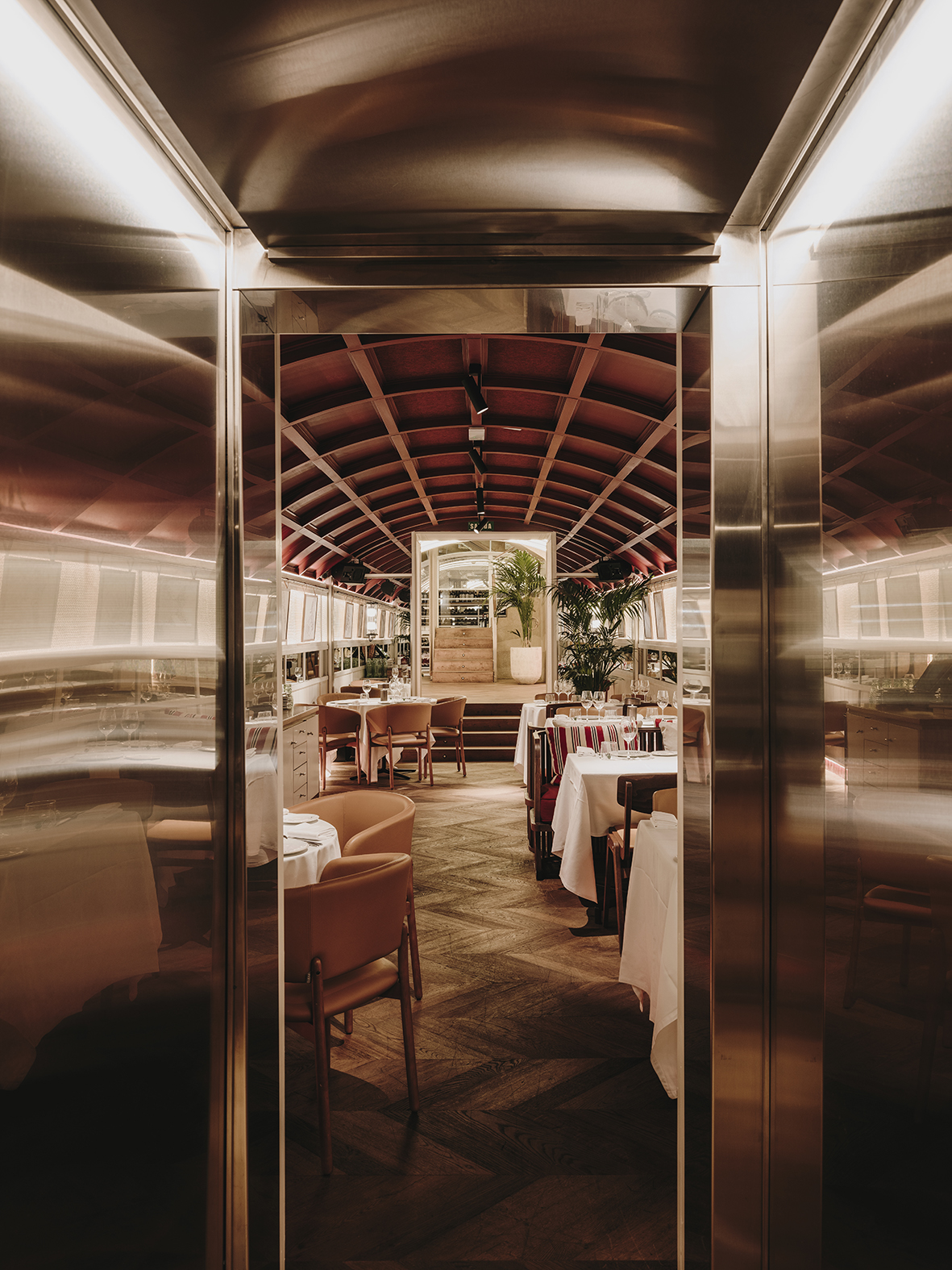En Lobito de Mar, nos preparamos para la temporada más importante del atún. Llega la primavera y viene de la mano de una tradición culinaria única y emocionante: La Almadraba.
ALMADRABA AS A TRADITION
Almadraba is a traditional fishing method handed down from generation to generation, which involves catching migratory bluefin tuna as it passes through Mediterranean waters. This technique stands out for its 3,000 years of history on the coast of Cádiz.
Every year, as spring arrives, the local fishermen prepare their boats and nets for the almadraba season. This is a fixed fishing net, made up of mazes of nets and structures, strategically placed in the waters of the Strait of Gibraltar to intercept the passage of the tuna on their spring migration.
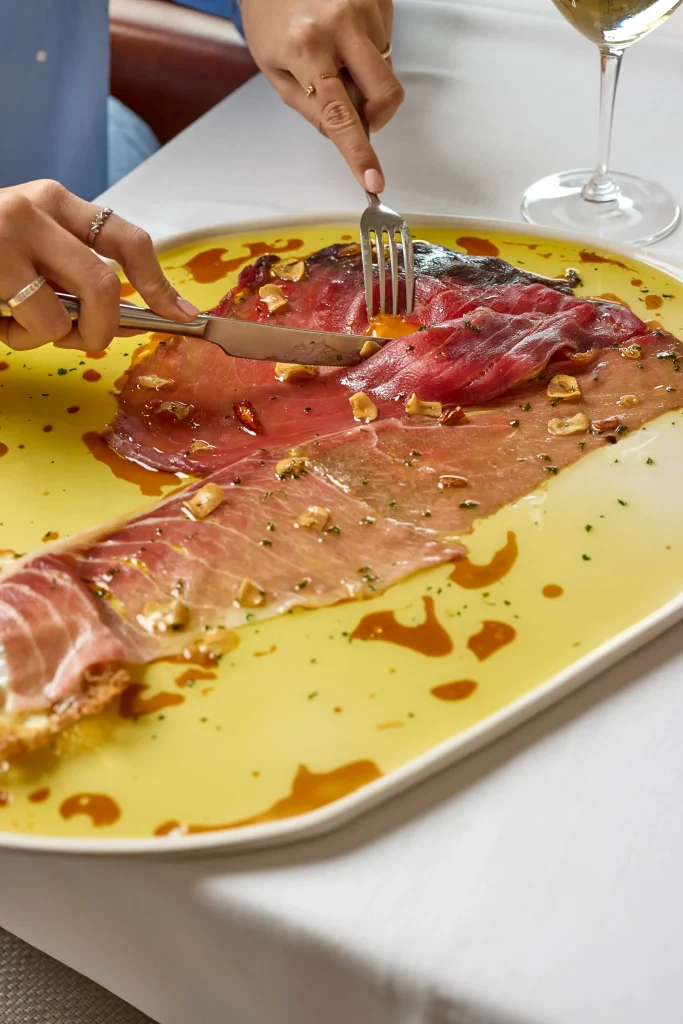
THE ALMADRABA IS ALSO SUSTAINABLE
Despite its age, the almadraba fishery has adapted to modern times, incorporating sustainable practices to ensure the conservation of tuna stocks.
From the use of selective fishing techniques to the implementation of closed fishing periods, fishermen strive to maintain a balance between tradition and conservation.
Once the fishing is done, the ”levantá” takes place, they select the adult tuna and release the rest of the fish alive into the sea.
FROM THE SEA TO THE TABLE
Before reaching Lobito de Mar, the technique of “ronqueo” is carried out; cutting up the tuna with a knife in a manual and artisan way. Experience this tradition live with us and enjoy exquisite recipes from our chef.
This is the process of cutting up a bluefin tuna. The ”ronqueo” requires skill and dexterity on the part of the ”ronqueador”, who carefully cuts the tuna into different parts: the head, the tail, the loins and the belly.
This process is not only a culinary technique, but also a ritual passed down through generations in fishing communities. The ”ronqueadores” are experts who know the anatomy of the tuna perfectly and know how to make the best use of each part.
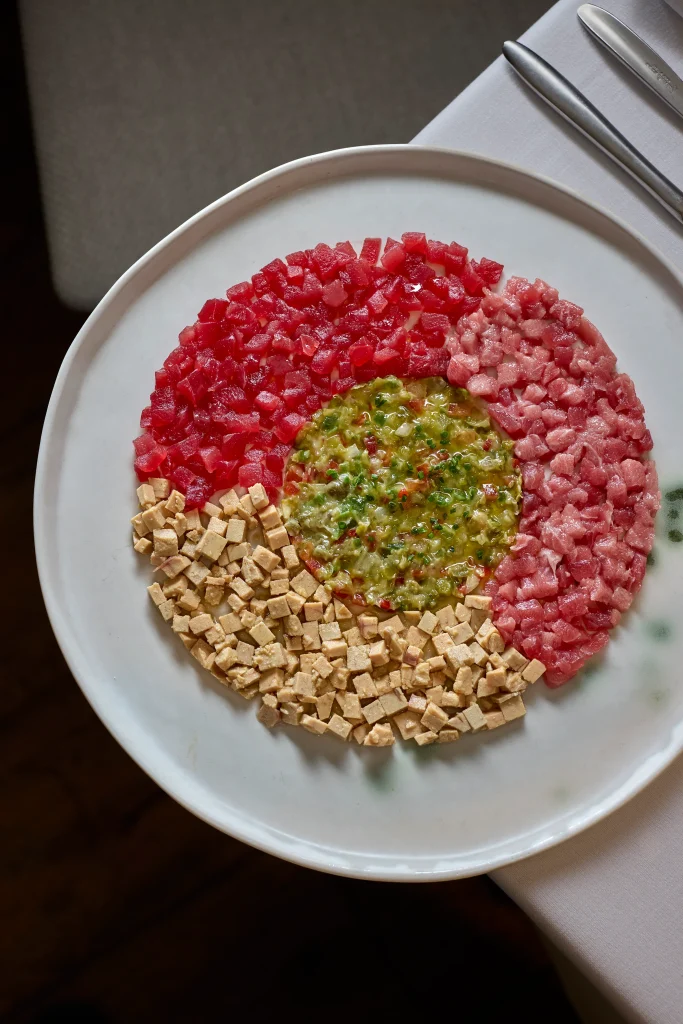
See you at sea!
